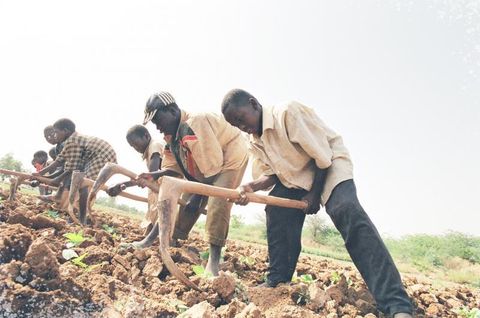WHAT IS HUMAN TRAFFICKING?
HUMAN TRAFFICKING DEFINED:
According to the Office for Victims of Crime, "Human trafficking, also known as trafficking in persons or modern-day slavery, is a crime that involves the exploitation of a person for the purpose of compelled sex or labor.
There is no single profile of a trafficking victim. Victims of human trafficking can be anyone—regardless of race, color, national origin, disability, religion, age, gender, sexual orientation, gender identity, socioeconomic status, education level, or citizenship status."
Indicators a person may be a victim of sex trafficking:
- Person involved in sex trade is afraid or unable to quit.
- Person discloses they are selling sex because they were persuaded to do so.
- Person is transported by guards to or from work.
- Person who is a dependent child of a person addicted to drugs.
- Person has a pimp or manager in the sex trade.
- Person works in an industry were selling sex is more common.
Indicators from Polarisproject.org
Indicators a person may be a victim of labor trafficking:
- Person feels pressured to stay in a job they desire to leave.
- Person does not have personal control of their own passport or other ID.
- Person owes money / debt to an employer and they are not being paid.
- Person is living in isolation cut off from support systems.
- Person is living in dangerous or overcrowded area.
- Person is working is dangerous situation without proper safety measures.
- Person is being threatened to be deported by employer.
Indicators from Polarisproject.org
HUMAN TRAFFICKING FACTS & STATISTICS:
- It’s estimated that internationally there are between 20 million and 40 million people in modern slavery today. Assessing the full scope of human trafficking is difficult because so cases so often go undetected, something the United Nations refers to as “the hidden figure of crime. Source
- Women and girls are disproportionately affected by forced labour, accounting for 99% of victims in the commercial sex industry, and 58% in other sectors. Source
- Forced labor in the private economy generates an estimated $150 billion in illegal profits per year. Source
- According to the Bureau of Justice, of the human trafficking cases reported between January 2008 and June 2010, sex trafficking victims were more likely to be white (26%) or black (40%), compared to labor trafficking victims, who were more likely to be Hispanic (63%) or Asian (17%). Source
- According to 2017 stats from National Center for Missing and Exploited Children, 1/7 kids reported missing were likely caught in sex trafficking and of those 1/7, 88% were in child welfare. Source
- 95% of victims experience physical or sexual violence during trafficking. Source
- The majority of trafficking victims between 18-24 years of age. Source
- Human trafficking is the second fastest growing criminal industries in the world – even though it is illegal in every country in the world.
Source
HUMAN TRAFFICKING IN THE UNITED STATES:
Here are the 10 states with the highest rates of human trafficking:
- Nevada (7.50 per 100k)
- Mississippi (4.99 per 100k)
- Florida (4.08 per 100k)
- Georgia (3.85 per 100k)
- Ohio (3.84 per 100k)
- Delaware (3.84 per 100k)
- California (3.80 per 100k)
- Missouri (3.78 per 100k)
- Michigan (3.64 per 100k)
- Texas (3.63 per 100k)
Contact Info
Colorado State University
Fort Collins, CO 80523


